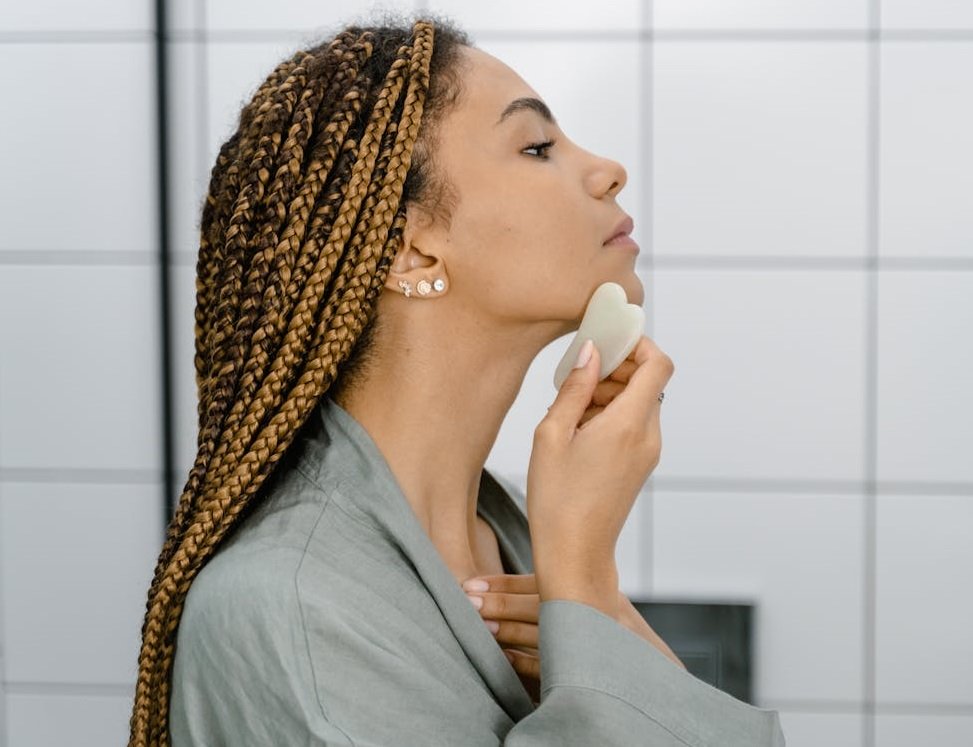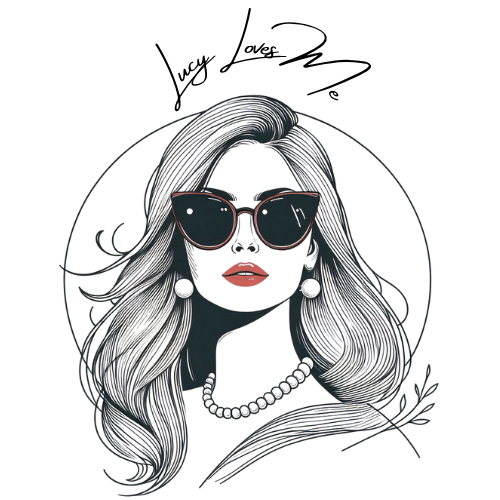Mewing, a term that has been circulating widely on social media platforms, particularly TikTok and YouTube, refers to a facial restructuring technique that involves placing the tongue against the roof of the mouth.
Is this a path to real facial remodelling or just wishful thinking?
The practice has gained immense popularity, especially among the younger demographic, with claims that it can lead to a more defined jawline and even resolve certain health issues like sleep apnea, mouth breathing, and crooked teeth.
At its core, mewing involves keeping the tongue pressed against the roof of the mouth, with the lips sealed and the teeth lightly touching or in close proximity.
This position is believed to encourage proper development of the facial bones and muscles, potentially leading to a more defined jawline, better facial symmetry, and a more attractive appearance.
Originating from the studies of British orthodontist John Mew in the 1970s, mewing has become a part of the ‘looksmaxxing’ trend, which is focused on enhancing one’s physical appearance through non-surgical means.
John Mew believed traditional orthodontic methods focused solely on tooth movement, neglecting the underlying causes of crowded teeth and poor facial development.
His son, Dr. Mike Mew followed in his father’s footsteps, becoming an orthodontist with a passion for facial development.
Together, they championed the idea that facial growth could be influenced by factors beyond genetics, including posture and oral habits.
It’s important to note that the Mews’ theories on orthotropics have been met with disbelief from mainstream orthodontists.
While they acknowledge the potential role of oral posture in facial growth, more research is needed to validate the effectiveness of mewing as a standalone treatment for jaw development.
John Mew and his son Mike featured in the Netflix documentary, Open Wide.
Despite its viral status, the effectiveness of mewing remains a topic of debate. Proponents argue that consistent practice can reshape the facial structure, citing anecdotal evidence and before-and-after photos shared by individuals on various platforms.
However, the American Association of Orthodontists and other dental professionals have pointed out the lack of scientific evidence to support the jawline-sculpting claims made by mewing advocates.
Medical experts suggest that while the practice is simple and can be done at no cost, the results are not guaranteed and may vary widely among individuals.
In the realm of social media, mewing has been embraced as a DIY beauty hack, with countless users sharing their experiences and tutorials on how to perform the technique.

It’s often portrayed as a quick fix for achieving the perfect selfie or as an alternative to cosmetic surgery. This has led to its spread among teenagers and young adults who are particularly sensitive to societal beauty standards and the allure of achieving them through seemingly simple methods.
However, medical professionals urge caution, emphasizing that facial structure is determined by a complex interplay of genetics, bone growth, and muscle development and that altering it is not as straightforward as changing tongue placement.
They warn against the potential risks of obsessing over such practices, which could lead to disappointment or even harm if not approached with realistic expectations.
While mewing has captured the attention of many as a potential method for facial enhancement, it remains a controversial and unproven technique.
Those interested in facial restructuring are advised to consult with qualified medical professionals and consider scientifically-backed treatments.
As with any trend that promises significant physical changes, it’s important to approach mewing with a critical eye and understand that the most dramatic transformations are often the result of time, genetics, and professional intervention rather than quick, at-home practices.
Regardless of where you stand on the mewing debate, one thing is clear: the fascination with this practice reflects a broader cultural fascination with self-improvement and the quest for beauty.
Whether mewing is a passing fad or a legitimate technique with long-lasting benefits remains to be seen.

Beyond Mewing: The Curious World of TikTok Beauty Trends
TikTok and other social media platforms are breeding grounds for trends, some fleeting and some with a surprising impact. Here are a few interesting trends that have gained traction alongside mewing:
Slugging: This involves coating your face in a layer of petroleum jelly overnight, aiming for intense hydration. Dermatologists are divided on its effectiveness, with some recommending patch testing to avoid clogged pores.
Gua Sha: This ancient Chinese technique involves scraping your face with a jade or rose quartz tool to promote lymphatic drainage and a sculpted look. While some users swear by it, there’s limited scientific evidence to support its claims.
V-line Facials: These involve massaging your jawline with hopes of sharpening its definition. While massage can promote blood flow, there’s no guarantee of permanent facial reshaping.
DIY Microneedling: This involves using a roller with tiny needles to prick your skin, supposedly boosting collagen production. However, at-home microneedling can lead to scarring if not done properly by a professional.
DISCLAIMER: The content and information on Lucy Loves Me is intended for entertainment and educational purposes only. It should not be taken as professional medical advice, diagnosis, or treatment. Always consult with a qualified healthcare provider for guidance regarding any health-related concerns or before starting a new diet, exercise regimen, or wellness program. Lucy Loves Me does not make any claims to prevent, cure, or treat any medical conditions.


